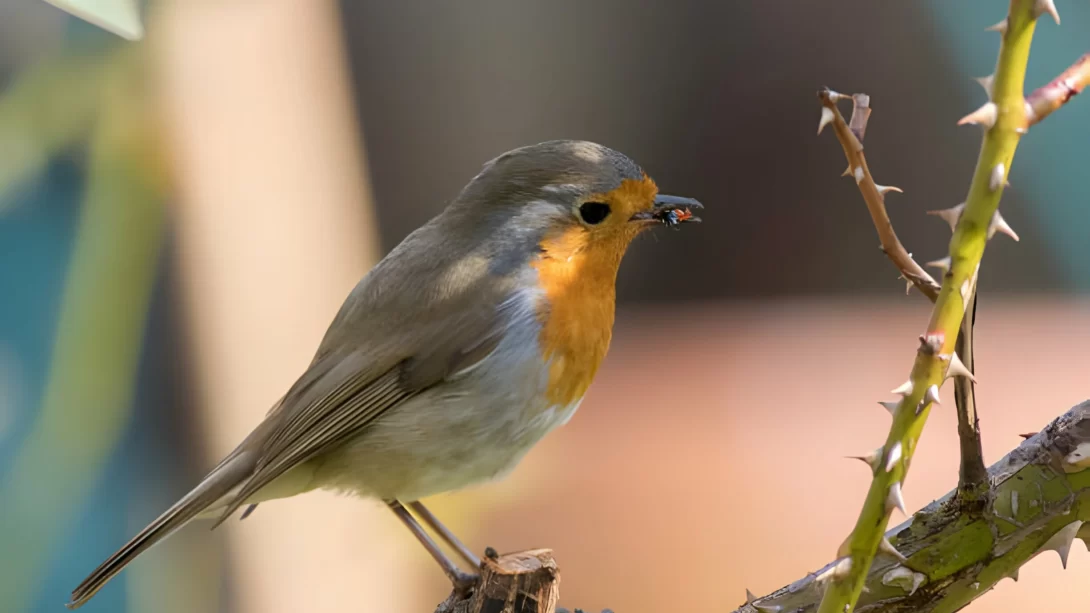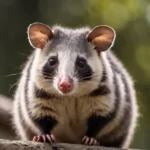In the intricate web of nature, both birds and ladybugs play significant roles in maintaining ecological balance. Birds, known for their varied diets, often include insects as a primary food source. Ladybugs, recognized for their bright red and spotted appearance, are celebrated for their pest control abilities in gardens and farms. This raises a curious question: Do birds, as prevalent insectivores, include ladybugs in their diet?
Ladybugs
Ladybugs, or lady beetles, belong to the family Coccinellidae and are widely regarded as beneficial insects due to their appetite for aphids and other plant pests. These small beetles are easily recognizable by their red or orange shells with black spots. Beyond their aesthetic appeal and beneficial role in pest control, ladybugs possess certain characteristics that influence their vulnerability to predators. For instance, they contain toxins that can be distasteful or harmful to some potential predators, playing a crucial role in their survival strategy.
Birds as Insectivores
Many bird species are insectivorous, relying heavily on insects for their nutritional needs. Insects provide essential proteins, fats, and other nutrients necessary for the health and reproduction of these birds. The insect diet of birds is diverse, encompassing a wide range of species, from tiny aphids to larger beetles. The availability of certain insects can influence the feeding habits and preferences of birds in different habitats. However, the specific choice of insects can vary significantly among different bird species, influenced by factors like the bird’s size, hunting technique, and the defensive mechanisms of the insects.
Do Birds Eat Ladybugs?
While birds consume a variety of insects, their predation on ladybugs is less common. This is partly due to the effective defense mechanisms that ladybugs possess. Some birds may attempt to eat ladybugs but are deterred by their unpleasant taste or the toxins they release. However, not all bird species are equally deterred. There are instances where certain bird species, particularly those accustomed to consuming a wide variety of insects, do include ladybugs in their diet, albeit not as a primary food source.
Ladybugs’ Defense Mechanisms
The primary defense mechanism of ladybugs is their bright coloration, known as aposematism. This vivid coloring serves as a warning to predators about their unpalatability or toxicity. When threatened, ladybugs can excrete a yellow fluid from their legs, which contains alkaloids that are toxic and distasteful to many predators. This combination of visual and chemical defenses makes ladybugs less appealing to birds and other predators, thus reducing the likelihood of predation.
Observations and Studies
Scientific studies and observations have provided insight into the interaction between birds and ladybugs. Research indicates that while birds are capable of eating ladybugs, the frequency of this occurring is relatively low compared to other insects. Some studies have shown that birds may learn to avoid ladybugs after an initial distasteful experience. These findings suggest that while ladybugs are not immune to bird predation, their defense mechanisms are largely effective in deterring it.
Ecological Implications
The interactions between birds and ladybugs have important implications for the ecosystem. Ladybugs play a crucial role in controlling pest populations, especially in agricultural and garden settings. If birds consumed ladybugs in large numbers, it could potentially impact their effectiveness as natural pest controllers. However, the ladybug’s defense mechanisms help maintain this delicate balance, allowing them to continue their role in the ecosystem effectively.
On the other hand, for birds, the avoidance of ladybugs as a food source means relying on other insects for nutrition. This preference helps sustain biodiversity within the insect population. It’s a fine example of how nature maintains balance through predator-prey relationships and species-specific defense strategies.
Conclusion
In conclusion, while birds do eat insects as a significant part of their diet, ladybugs are not typically a preferred choice due to their effective defense mechanisms. The relationship between birds and ladybugs highlights the complexity of food webs and the intricate balance maintained within ecosystems. It demonstrates the importance of each species and their adaptations in the broader ecological context. Understanding these interactions contributes to our knowledge of biodiversity and the interconnectedness of life in natural habitats.



